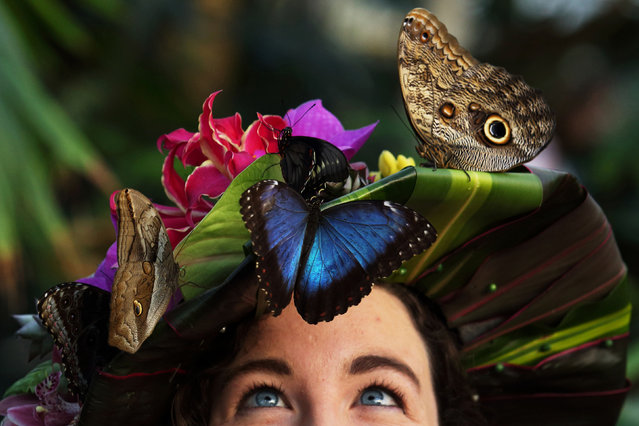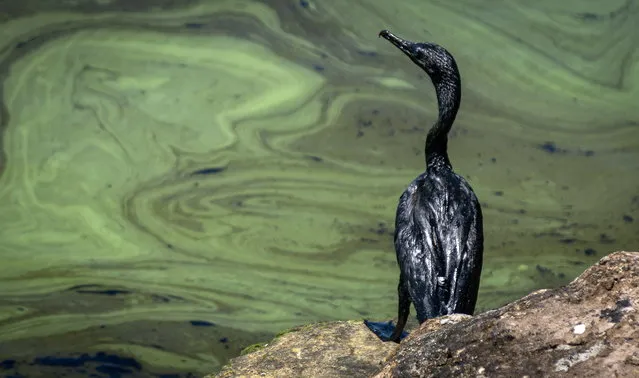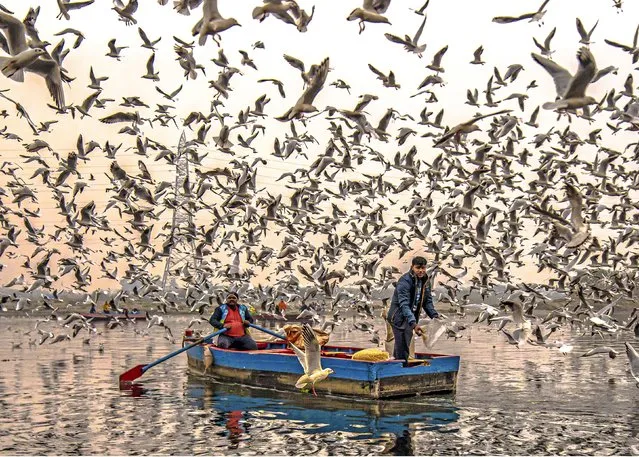
Sportsnet's Hazel Mae runs away as George Springer #4 of the Toronto Blue Jays is doused with water by Vladimir Guerrero Jr. #27 following a 7-2 over the Boston Red Sox at Rogers Centre on June 27, 2022 in Toronto, Ontario, Canada. (Photo by John E Sokolowski/USA Today via Reuters)
05 Jul 2022 03:32:00,post received
0 comments







